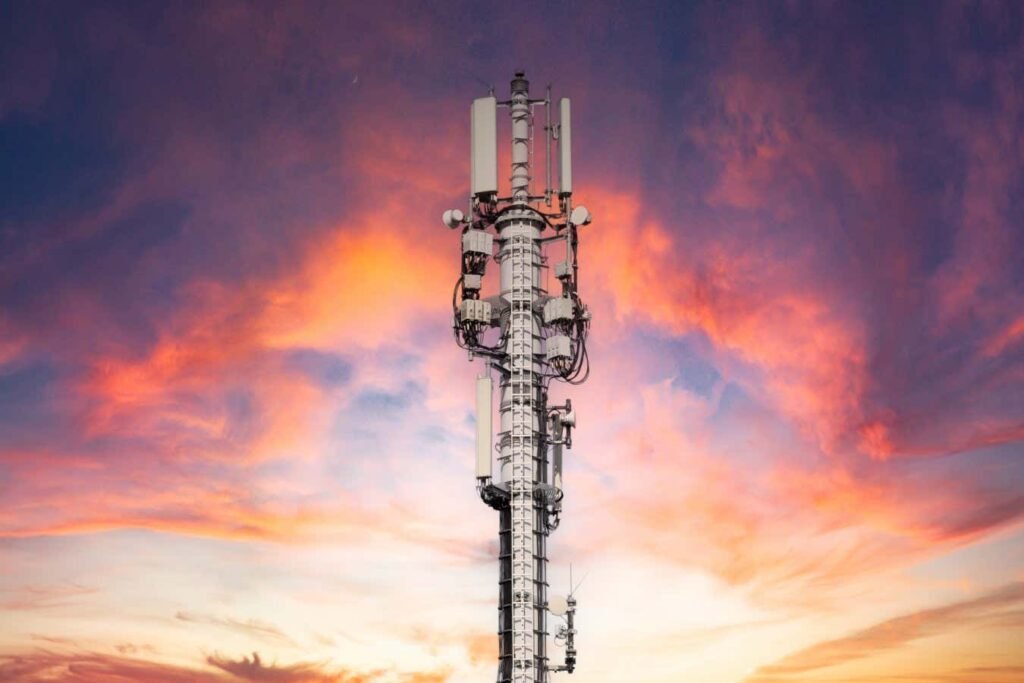
Future mobile networks can transmit data much faster if they use a wider range of frequencies
Frank Herrmann/Getty Images
Wireless data was sent at 938 gigabits per second, or more than 9000 times the average speed of a current 5G phone connection. This would be equivalent to downloading an average of over 20 movies per second. It is a rate multiplex data record where two or more signals are mixed together.
The weight of wireless signal demand at concerts and sports games, and large gatherings such as crowded train stations often disrupts cell phone networks. This is mainly due to the limited bandwidth that 5G networks operate on. The portion of the electromagnetic spectrum currently allocated to 5G networks varies from country to country, but generally covers relatively low frequencies. below 6 gigahertz, and then only narrow frequency bands.
To increase transmission speeds, Zhixin Liu University College London and colleagues used a wider range of frequencies than any previous experiment: from 5 gigahertz to 150 gigahertz, using radio waves and light.
Liu says digital-to-analog converters are currently used to send zeros and ones over the air in radio waves, but they struggle at higher frequencies. So his team used that technology for the lower end of the range and another technique involving lasers at the higher end, combining the two to create a wide data bandwidth that can be received by hardware that can be integrated into next-generation smartphones.
This allowed the team to send data over the air at 938Gb/s, more than 9000 times the average UK 5G download speed. This allows individuals to take advantage of high data rates for applications that may not yet be invented, or ensure that large groups of people can have enough bandwidth to stream video.
Although this is a record for multiplexed data, single signals have been sent faster, more than 1 terabit per second.
Spreading signals across wide frequency ranges is taking the “narrow, congested road” of current 5G networks and turning it into a “10-car highway,” Liu says. “As with traffic, you need wider roads to carry more cars.”
Liu says his team is talking to phone manufacturers and network operators, and hopes that future 6G technology will build on that work, but that other developing approaches are also vying for position.
Topics:

